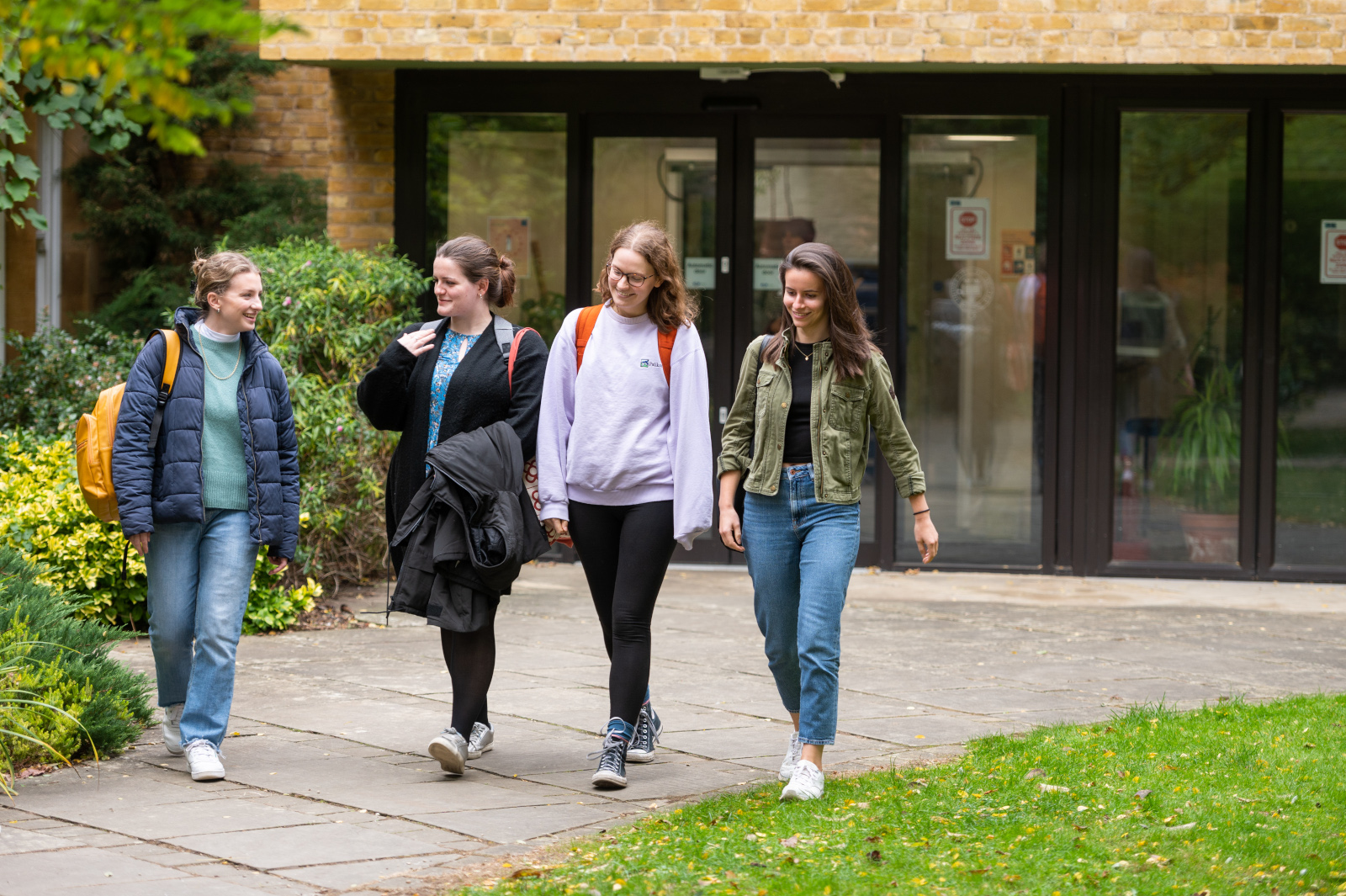Universities and research in Australia in the Covid-19 crisis: Is down under going under?
Export to calendarBio
Vaccines are rolling out across the world but it is becoming apparent that the Covid-19 pandemic has a longer life at this stage than expected. The high level of incidence in the second wave (in many countries university systems are currently closed to normal business) and the virus’s agile capacity to mutate means that in all countries, however successful they have been so far in managing the virus, a sudden explosion of new cases is possible at any time, and they might be vaccine proof. Travel and face-to-face delivery of education may be affected into 2022 if not longer. Most established higher education systems have weathered the Covid-19 pandemic fairly well so far but the battle might have a way to run yet.
Not all national systems are firing on all cylinders and one that is not is Australia. The country has been one of the great university success stories of the Internet era, the time of enhanced connectivity and internationalisation, the thirty years before the pandemic. Australia has also benefited from its location next to East and Southeast Asia, the world’s most dynamic region in terms of economic growth and modernisation. Between 1990 and 2019 Australia’s universities built a highly successful international education business, encouraged by government, facilitated by immigration regulation and incentivised by cuts to public funding. Australian universities created a first-class research and science system on the back of international student revenues – in the top research universities 60 per cent of all research was financed by the universities themselves, mostly from international student fees. On the basis of these resources the proportion of Australian research papers in the top 1% and top 5% of their field in 2018 before the pandemic was higher than in the US in nearly all disciplines, and at the levels of the UK and the small high performing European systems. This is well above where Australian science was 15 years ago, and it has underpinned Australia’s charge up the rankings, with 23 universities in the Shanghai ARWU top 500, and seven in the top 100 – an extraordinary achievement for a country of 25 million people. However, while all other strong research countries sustain their science systems through predominantly public funding, in Australia government has never believed it necessary to fund science at first class levels. Universities self funded their own excellence. The unique Australian model was and is highly vulnerable because it depends heavily on ‘soft money’, market based income that has now been largely extinguished by the pandemic.
In 2019 international students constituted one third of all enrolments, about 500,000 students in higher education, many of them from China, and funded one quarter of all system costs. However, international students are now unable to fly into Australia and this situation may persist through most of 2021 if not longer. Many and perhaps most international students will not want to enrol online in Australia if they can travel in to Canada, UK, US, Japan and other destinations. The Federal government has persistently and aggressively emphasised that international student arrivals take second priority behind stranded Australians. The absence of nuance is a sign of something university leaders are most aware of – the government is notably unsympathetic to the longer term position of the universities. It blames them for a ‘failed business model’ (one that in the first instance was engineered by government), and has no deep concern about the erosion of the research base. Its one off budget payment of USD $750 million in 2020 did not fill the yawning chasm in university research budgets, one that could persist for several years before international enrolments begin to recover their previous levels. Meanwhile the government has cut the funding of the education of domestic students, moving from a 58/42 split between government and student funding to a 52/48 split; and it has followed the Trump administration in the US in generating a major foreign relations stoush with China. This has spilled over into higher education and research in a more direct way than in the US. The recently passed Foreign Relations Bill provides the Foreign Minister with new powers to review all agreements that universities have with foreign governments and their associated entities, to ensure that these agreements support “Australia’s foreign policy objectives”. Importantly, it affords the Foreign Minister the discretion to directly prevent or terminate agreements. The emerging Cold War atmosphere, compounded by repeated threats to shutdown Confucius Institutes, and many reports of researchers feeling unsafe in Australia, directly threatens Australia’s participation in cutting edge science. China is Australia’s leading research partner, having overtaken the US in recent years, with more Australian-led scientific publications involving researchers from China than any other country. The government has also attempted to foster a US Republican-style culture war by claiming threats to academic freedom, though the main threat to academic freedom – not to put too fine a point in it – is from government itself.
Is the Australian system doomed to become poorer in resource terms, less cosmopolitan, less scientific, and more factitious, embattled and defensive? Or will the sun start shining again? Join our presenters, both originally from Australia and much concerned about what is happening, to weigh the question ‘is down under going under?’
This webinar is part of the free public seminar programme hosted by the Centre for Global Higher Education (CGHE).





